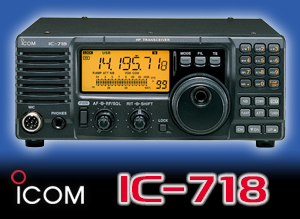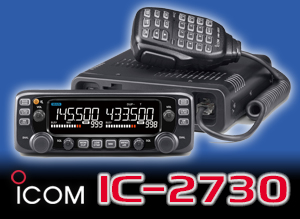Propagation News – 27 October 2024
Last week’s solar conditions couldn’t have been much better. We had a week of high solar flux indices, relatively calm geomagnetic conditions and, other than an X-class solar flare, not much else to report.
The solar flare originated from active region 3869 and reached a strong X3.3 in the early hours of 24 October. This event was associated with a coronal mass ejection, or CME, based on solar dimming following the event, but because the flare location was located off the east limb, it was directed mostly away from Earth.
Once again, all the sunspots are in the southern hemisphere, but activity appears to be growing. This could spell trouble over the next week.
This weekend, the 26 and 27 October, the CQ Worldwide SSB contest is taking place and conditions should be excellent, with a combination of high solar flux and autumnal HF conditions.
Maximum usable frequencies, or MUFs, are generally higher than 28MHz from dawn until dusk. Nighttime MUFs over 3,000km are still just above 14MHz, although you might get better results by dropping down to 10MHz if the 20m band doesn’t work for you.
Next week, NOAA predicts that the solar flux index may rise again, perhaps hitting 185 as we enter November. However, this current bunch of sunspots, which are rotating to be Earth-directed next week, appear more active and we could see more solar flares and CMEs, which could throw a spanner in the works.
A solar flare could impact the ionosphere by increasing D-layer absorption, for up to an hour or so, and possibly launch a coronal mass ejection.
If a CME hits the Earth, expect the MUF to plummet, at least for a day or two until the ionosphere recovers.
VHF and up
The Autumn Equinox period brought some amazing ionospheric propagation to 50MHz on Thursday last week with stations in the UK working morning paths to VK, JA, DS and XV among others.
Typically for 50MHz DX, the skip zones were sharp and moved rapidly. Stations even a few kilometres apart experienced very different signals and paths. Those with a low noise floor had a huge advantage as signals were generally weak in the UK and only good for FT8. However, some reports of a VK station at +5 bucked this trend.
Next week will offer some reasonable Tropo conditions, although not without some occasional interruptions from weak frontal systems, especially in the far southwest and the far northwest of Britain. It’s not clear if these represent good rain scatter options, but they are more likely to temporarily curtail any Tropo for a while.
The solar conditions continue to feed the occasional aurora alert our way, so it’s always good to monitor the Kp index for signs of it increasing above 4. It won’t always go on to produce a radio aurora, but it’s worth keeping an eye on things.
The meteor scatter prospects continue to be elevated by the decline of the Orionids, which peaked on Tuesday 22 October, and the Taurids, which are a very low-rate shower, but technically cover a broad period into December. The Leonids is the next major shower, but that doesn’t peak until mid-November.
Lastly, looking at the out-of-season Sporadic-E prospects, there are always days with minor enhancements of the critical frequency of the Sporadic-E layer, as shown on the propquest.co.uk graphs. Certainly, there are stronger jet streams available in the autumn and winter, but other elements of Sporadic-E are not so favourable. It’s usually a very marginal outcome at best, but nonetheless good enough for the 10 or 6m bands and mostly for digital modes such as FT8.
It could well be that trans-equatorial propagation, or TEP, is a more fruitful venture.
For EME operators, Moon declination is positive, but falling, going negative on Tuesday 29 October. Path losses are rising, reaching a maximum at apogee on the morning of Wednesday 30 October. 144MHz sky noise is low until Friday 1 November when the Sun and Moon are close in the sky.
Category: GB2RS Propagation News











